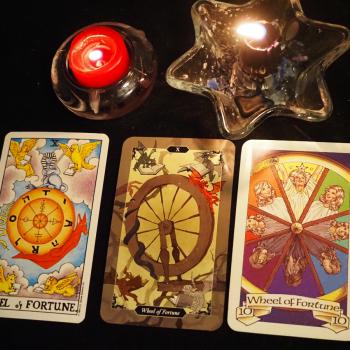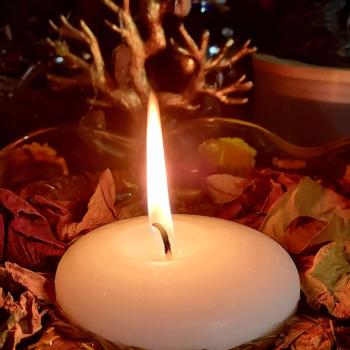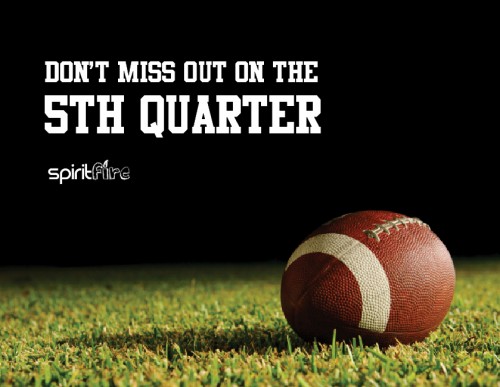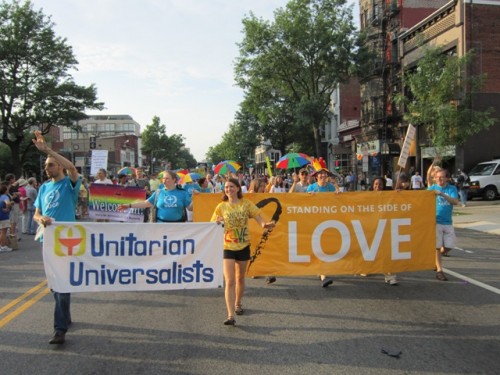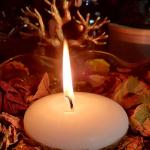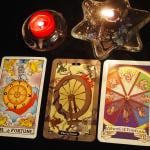On May 8th, Brendan Perry and Lisa Gerrard, collectively known as Dead Can Dance, announced that their first new album since 1996’s Spiritchaser would be released on August 9th, 2012 (It will also be the kick-off of their world tour). Entitled “Anastasis,” the new work will be “a spring album to coincide with both natures awakening and the groups subsequent rebirth,” according to Perry. This new album comes after a year of anticipation for hardcore fans, since Perry first revealed the planned return, and released a series of free live teaser EPs.
While Dead Can Dance claims a devoted international fanbase, they really haven’t received the in-depth critical examination and attention of other bands from their era. This may be partially due to being labeled as Goth early in their career, that their idea of a “dance” tune is 14th century composition the saltarello, and the fact that many of the bands directly inspired by them exist in their own tiny niche subgenres (they’re like the Velvet Underground of Neoclassical Darkwave). That said, Dead Can Dance were pioneers in incorporating early music, and “world” music, into their sound, and Gerrard has spawned an entire tribe of “exotic-sounding, ululating female singers” in epic film sountracks. Further, and of particular interest to my readers, they changed the face of music made by and for modern Pagans.
httpv://www.youtube.com/watch?v=x5twt5oCUTM
“…you must understand that I have never really known how to describe the work as anything other than an inspired reaction to the love of and a desire to communicate an arrow from the heart.” – Lisa Gerrard
At its inception, popular music made by and for Pagans largely originated from a few limited sources, the folk songs of artists like Gwydion Pendderwen, bands inspired by British “electric folk” acts like Fairport Convention, and artists influenced by “occult” themes (real or imagined) in the work of 60s rock acts like The Doors, Led Zeppelin, and The Rolling Stones. In time, the New Age music ascendancy of the 1980s also became a factor, and you started to find explicitly Pagan artists using synthesizer washes and other Music From The Hearts of Space-style flourishes. So it largely remained until the 1990s when a confluence of factors, most prominently the Internet and the access it provided to music from across the world, helped spawn a new paradigm that took direct influence from the work of Dead Can Dance. This music, distinctly international in tenor, has, in my opinion, become the template of choice for many younger Pagans.
If you look at any music-focused event that draws a large number of Pagans you’ll see the hand of Dead Can Dance’s career at work. Pandemonaeon and The RaZor Skyline at the recent Hexenfest in California, Omnia, Wardruna, Euzen, and Corvus Corax at Castlefest in the Netherlands, and the upcoming FaerieCon in Baltimore featuring Faun and The Moon and The Nightspirit. In addition, recent years have seen a spate of new releases from bands like Seventh Harmonic, Atrium Animae, Rajna, Íon, Woodland, Ataraxia, and Hexperos that take inspiration from Dead Can Dance, mixing in their own Pagan and esoteric beliefs. Dead Can Dance have provided not one, but several musical templates, allowing bands to take inspiration while creating their own unique sounds. It has allowed them to become inadvertent ancestors to at least two generations of esoteric musical artists.
The two main questions now are what will the new Dead Can Dance album sound like, and what forms will Pagan and Pagan-friendly musics take in the near future. Will “Anastasis” have elements of Perry’s recent solo album “Ark,” or will it go in a completely unexpected direction? Remember, this is a band that evolved from this, to this, over the course of their career, so expect some change. Will this new album have reverberations among the (relatively) younger crop of Pagan artists, or will esoteric electronic projects like Fever Ray or the rising tide of Pagan Metal acts take a more dominant hand in shaping the future of our community’s music? The answer is still unknown, but I’m excited about the journey to find out.
So mark your calendars for August 9th, and maybe start looking into the many artists Dead Can Dance have had an influence on.




